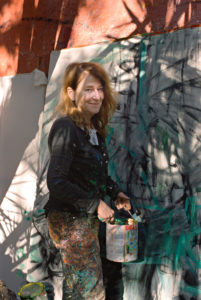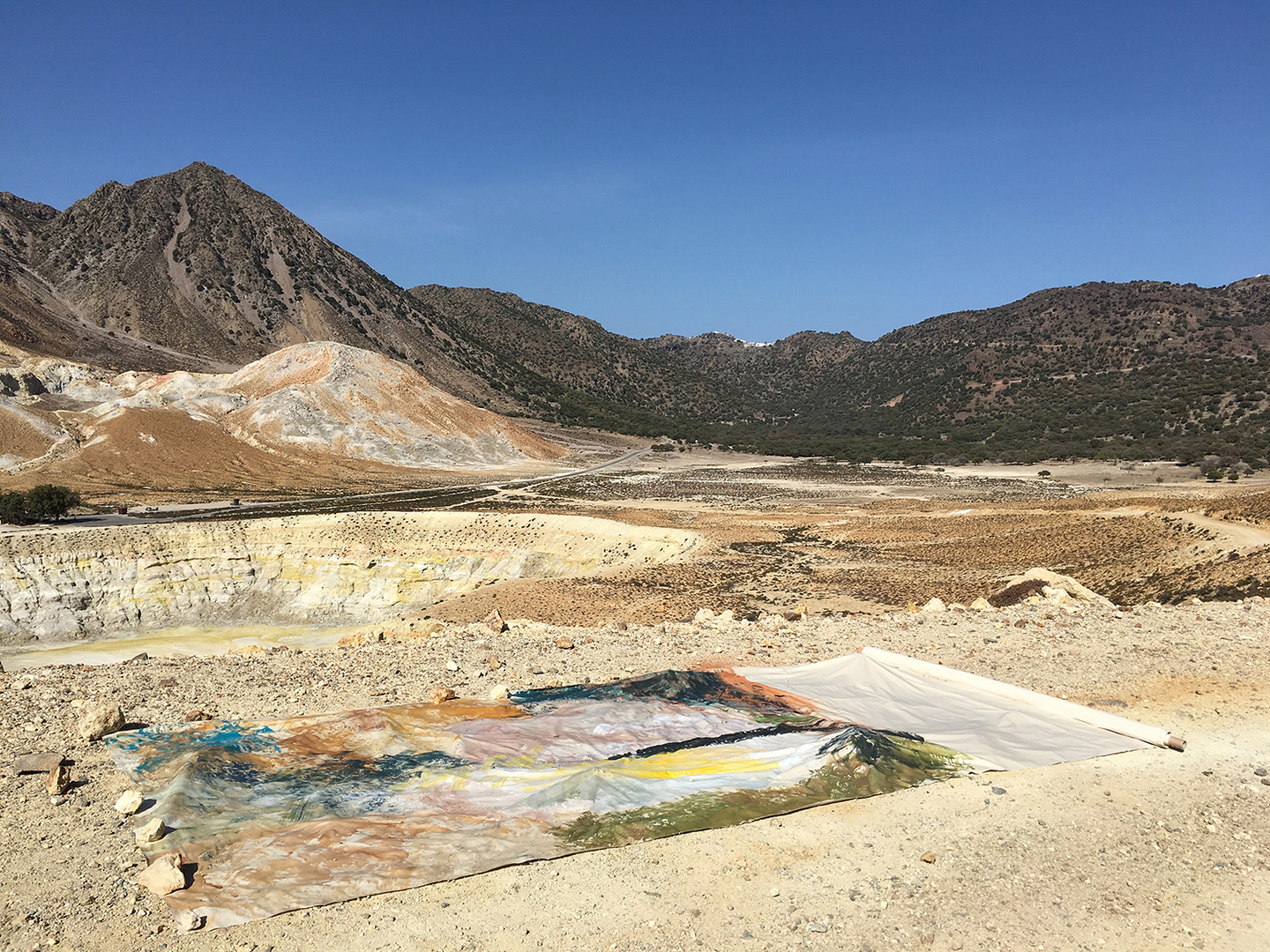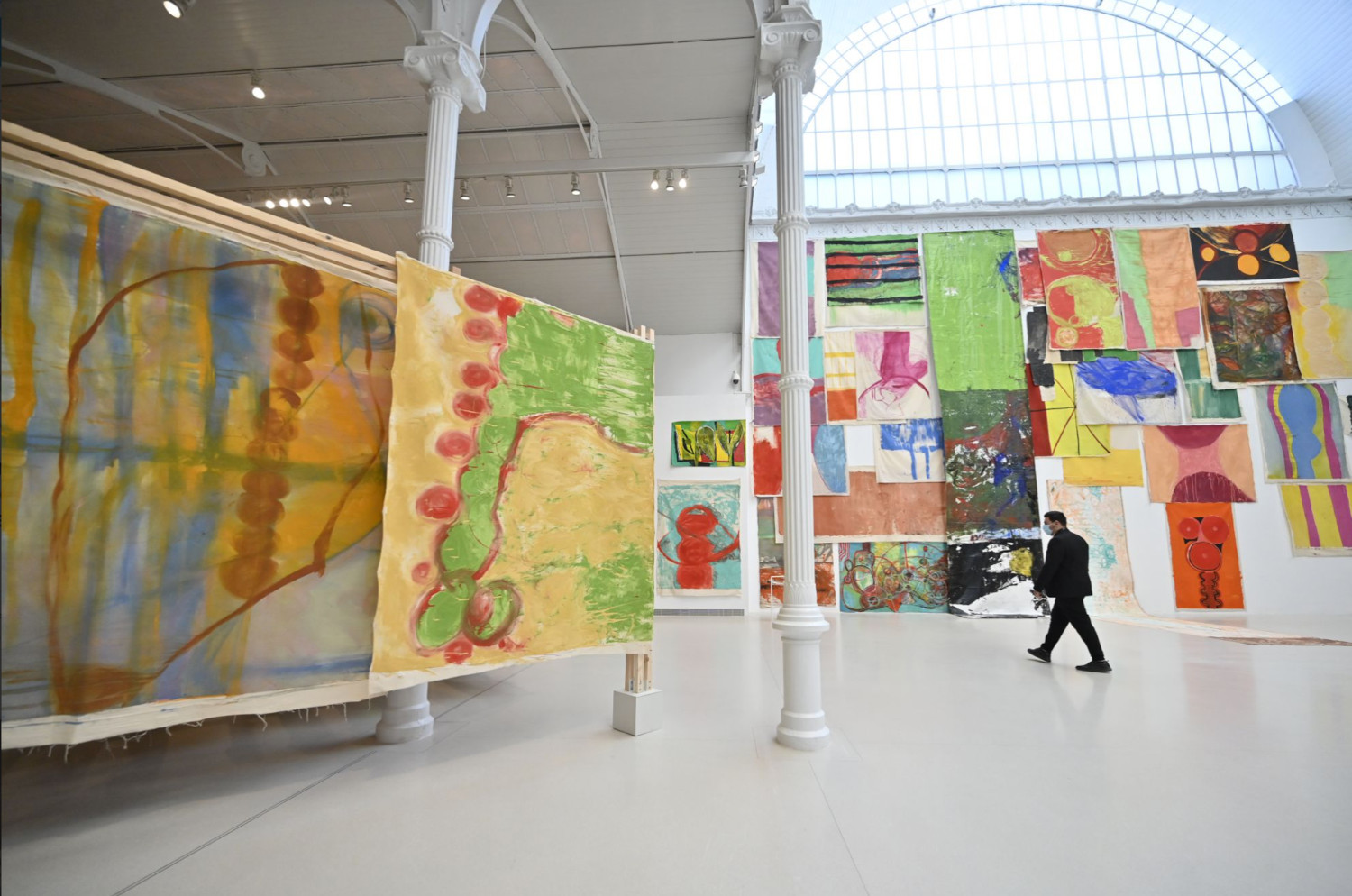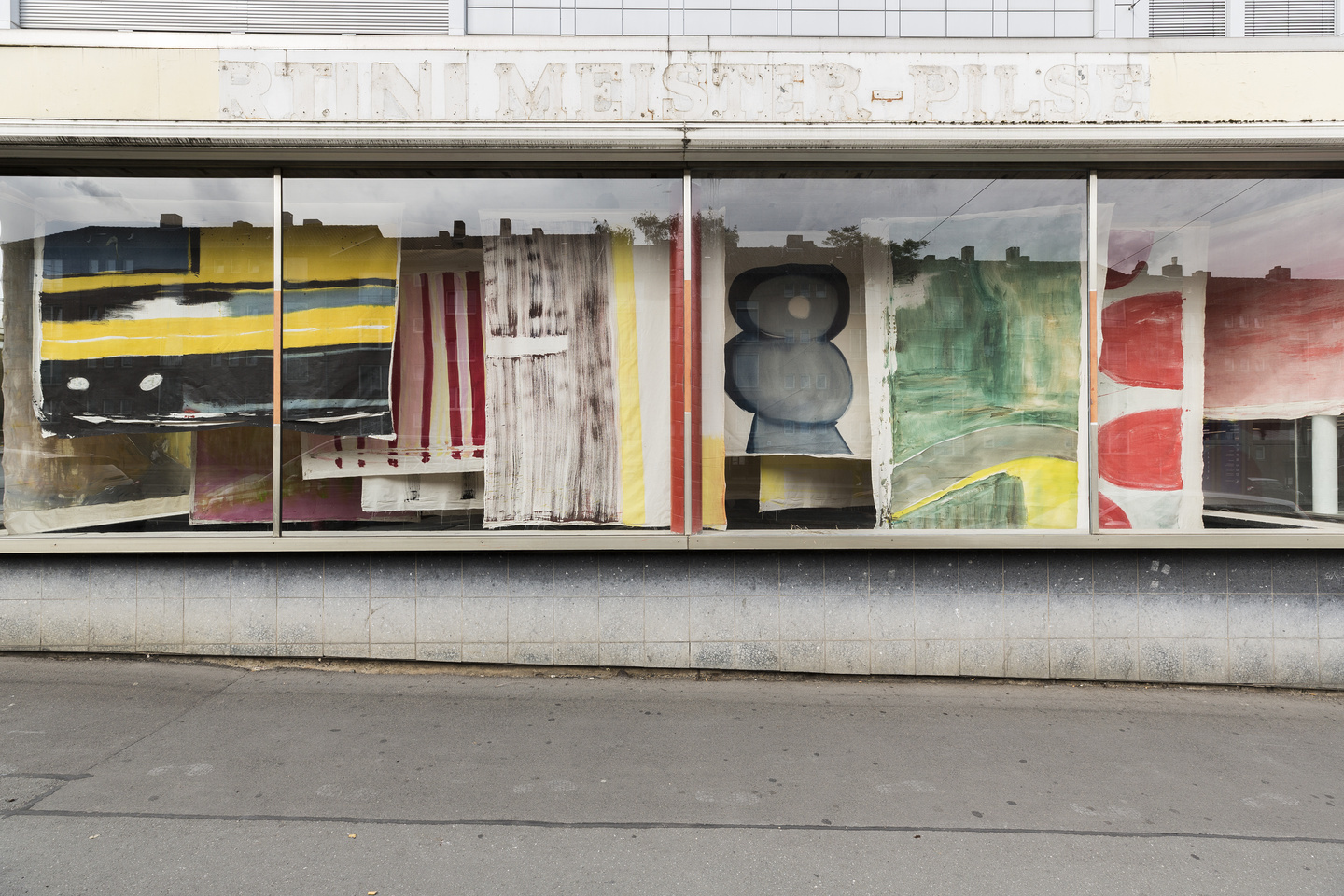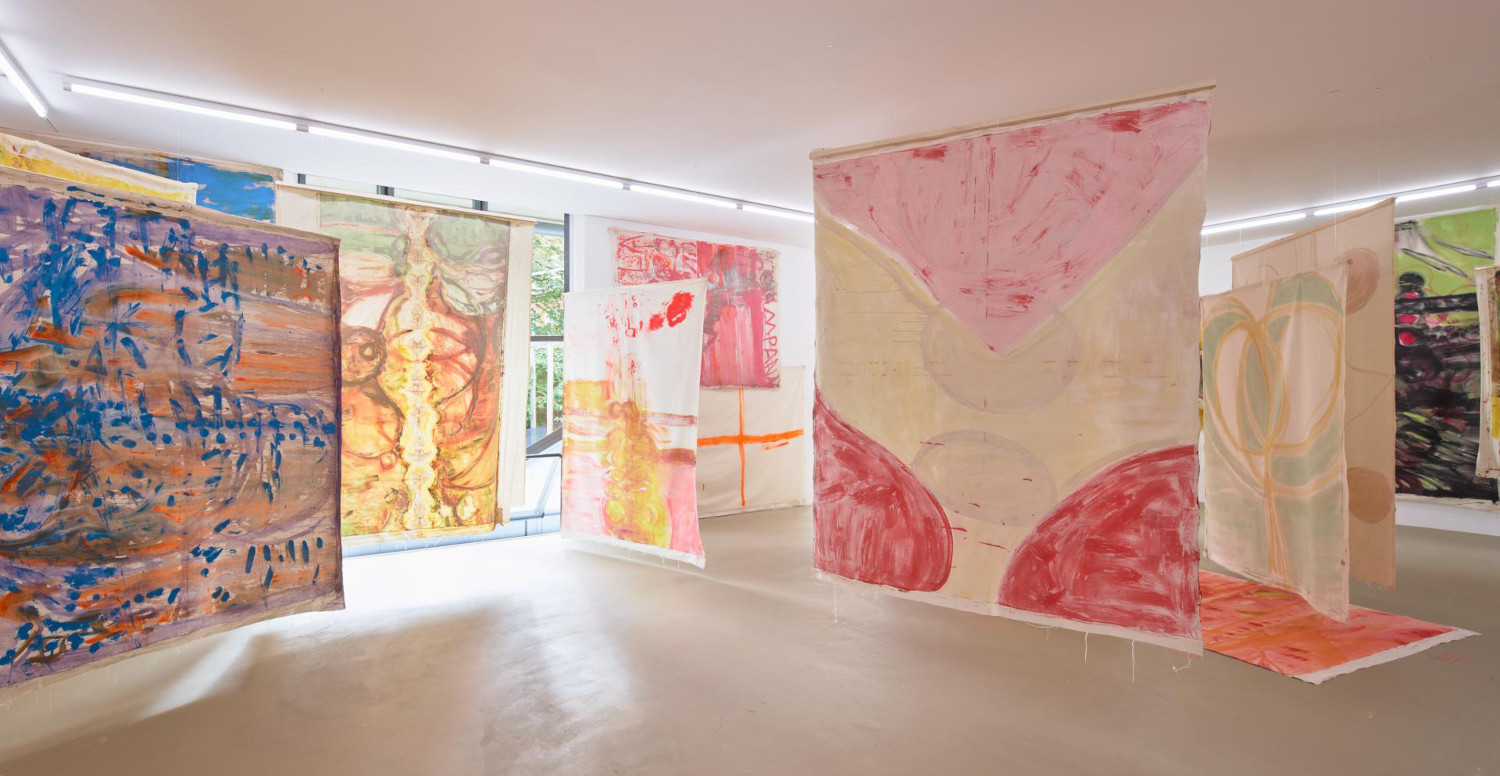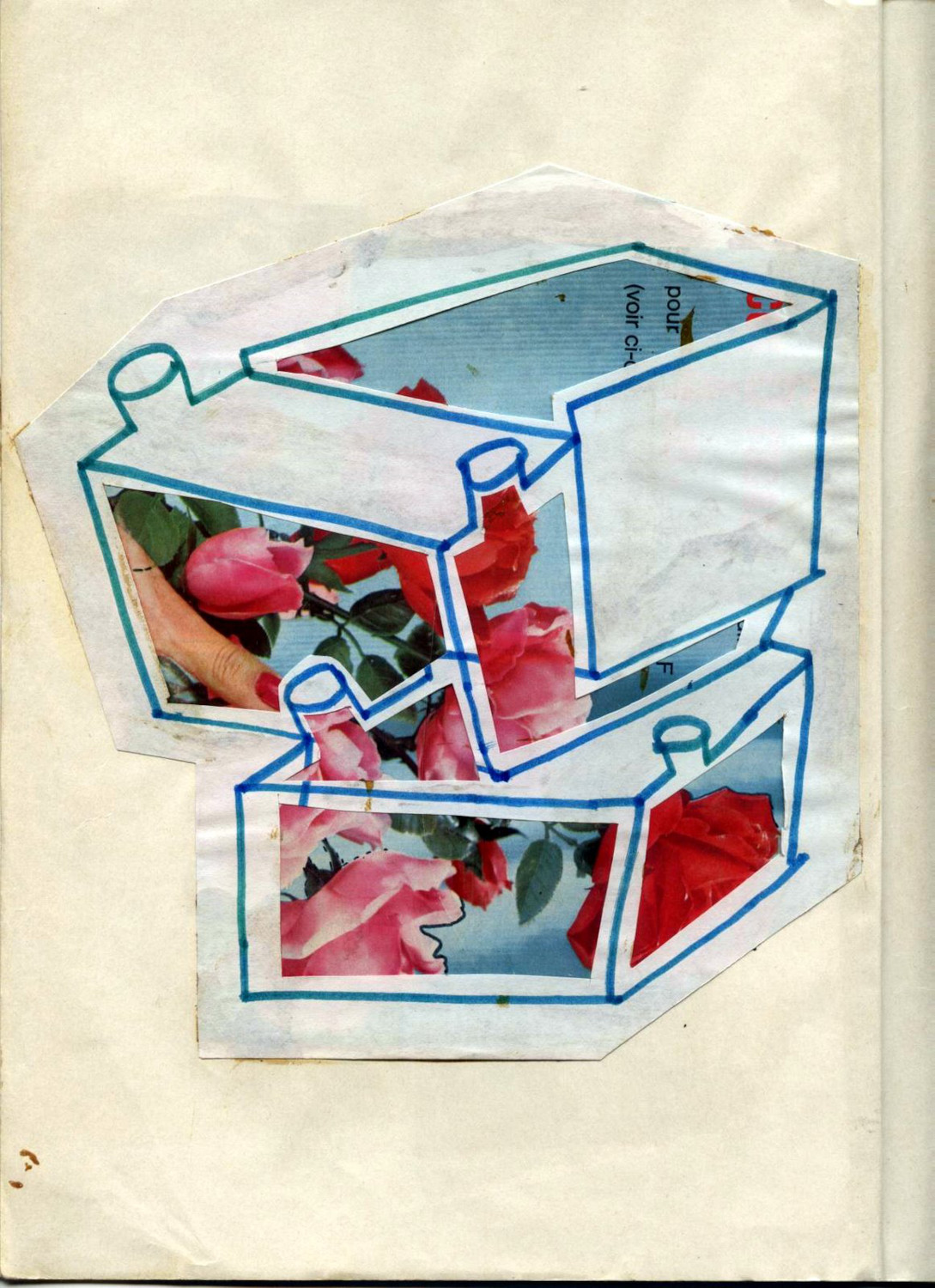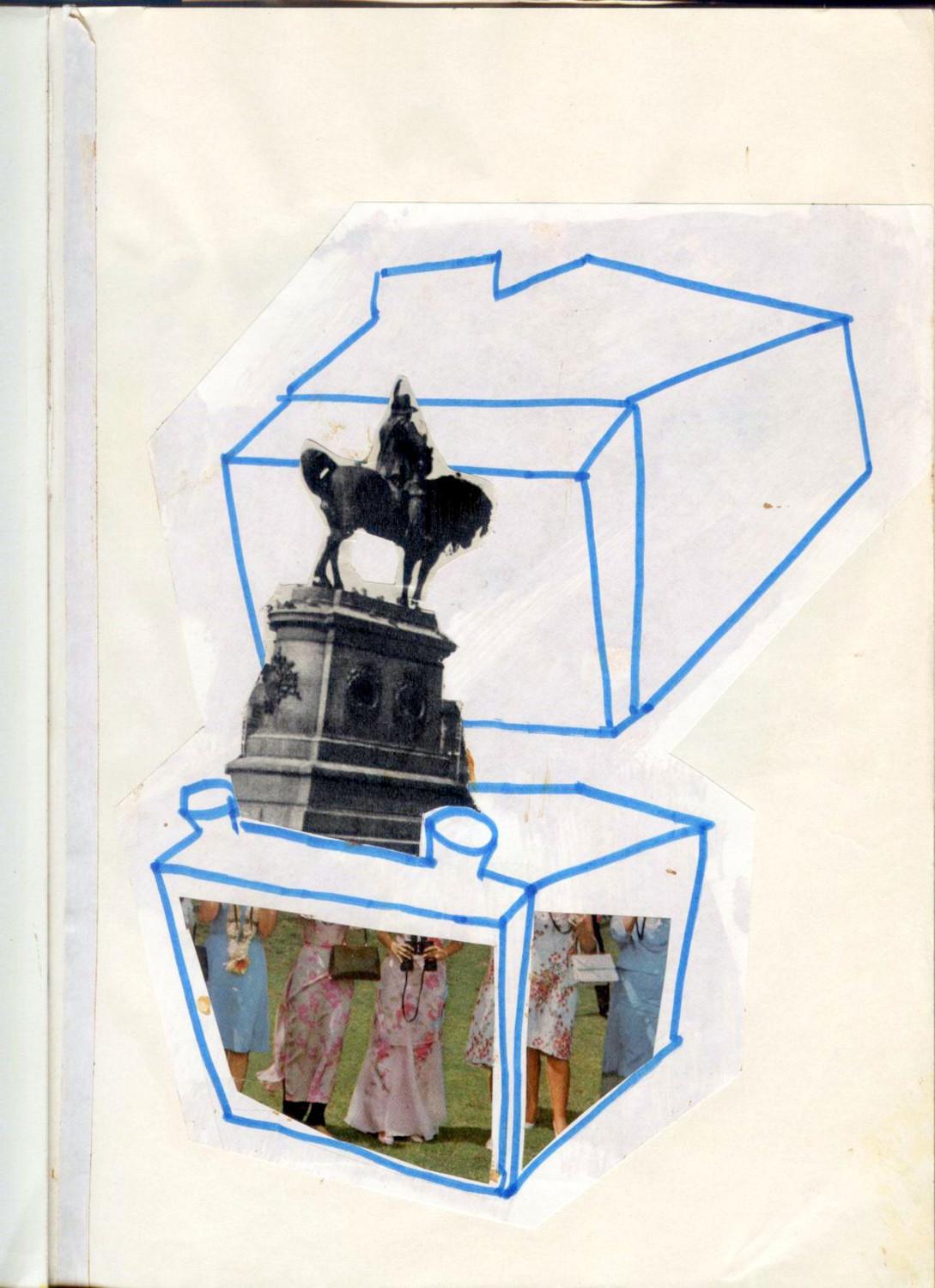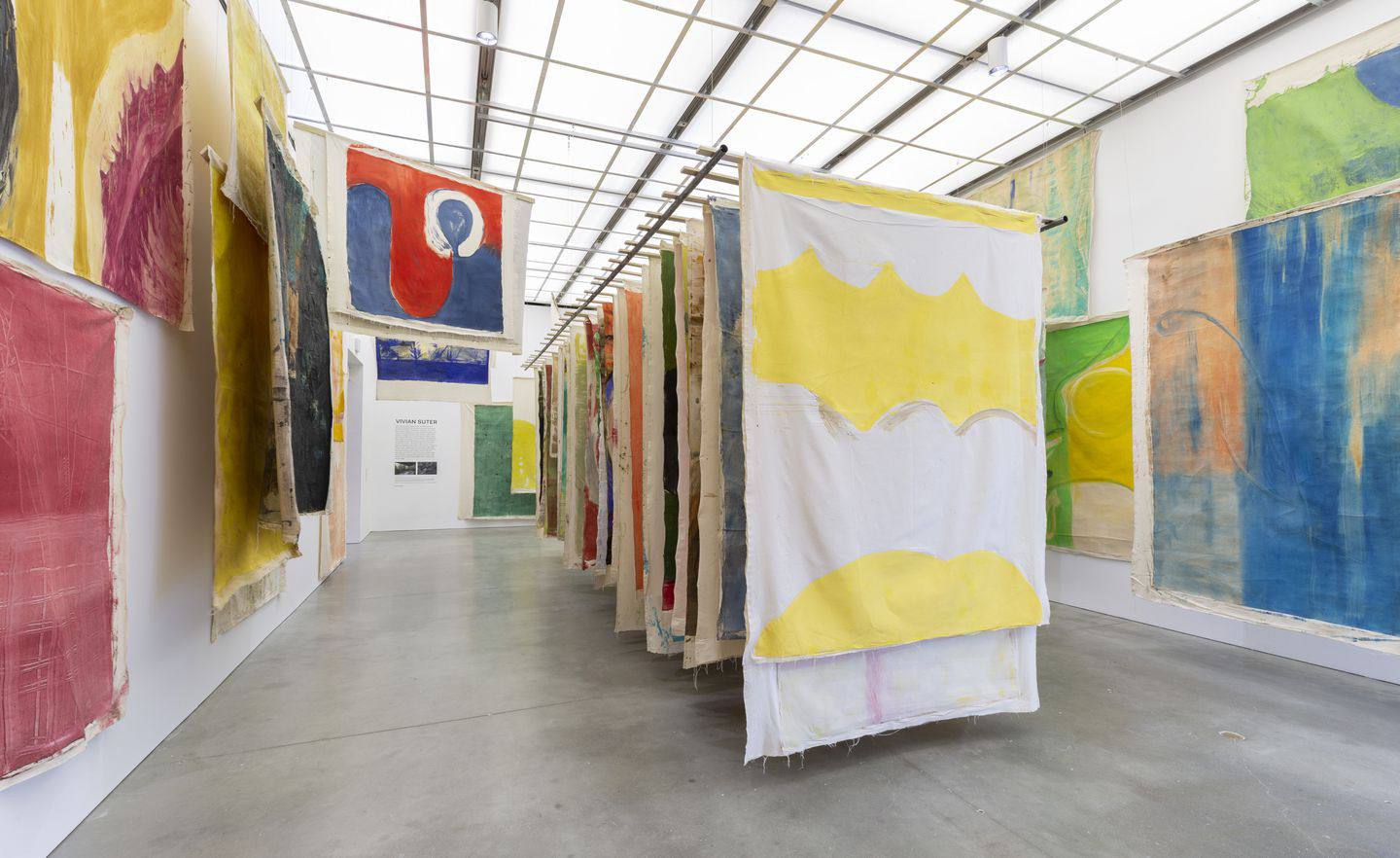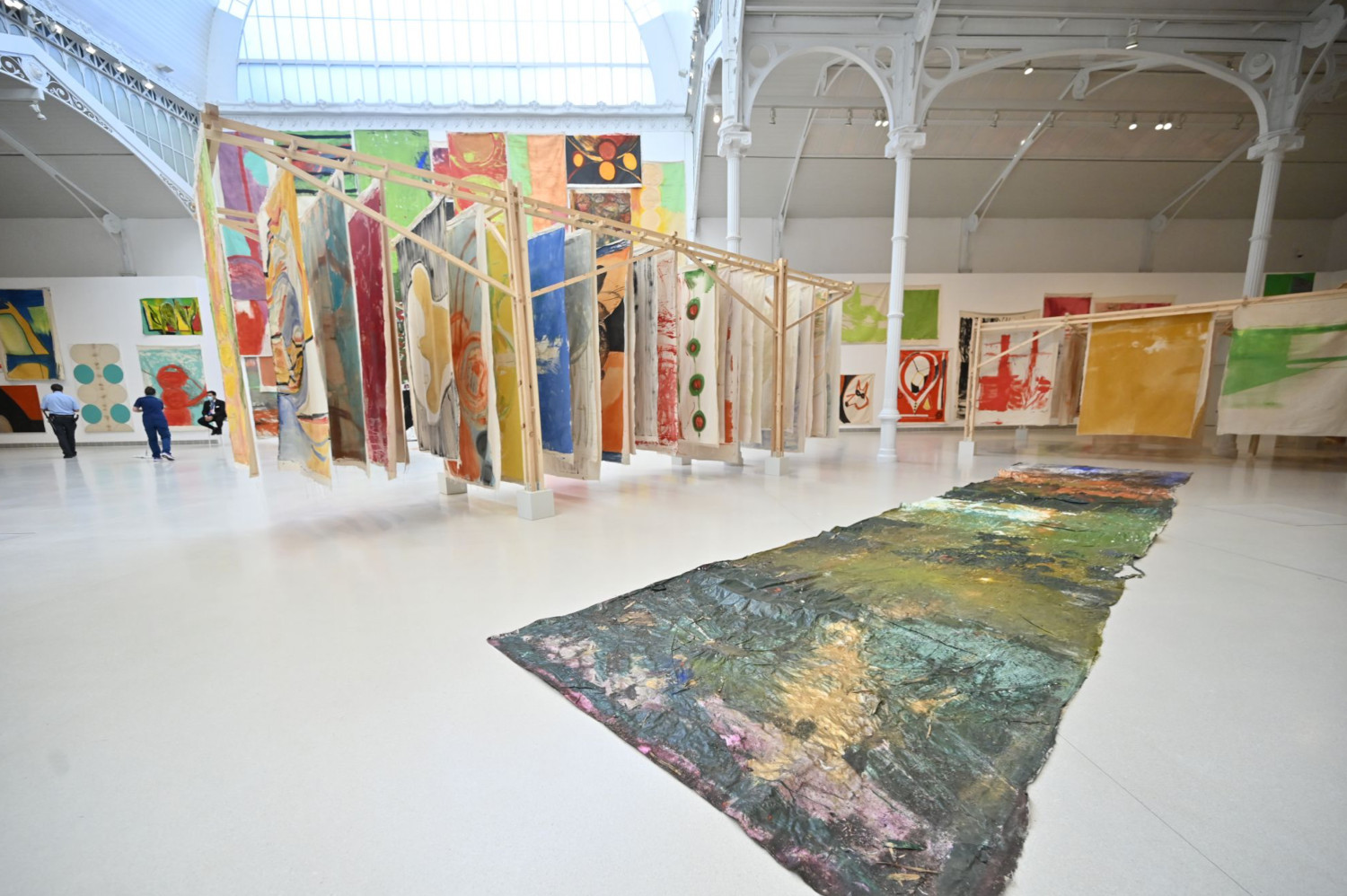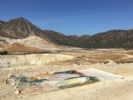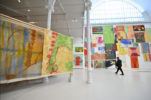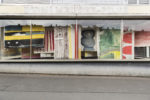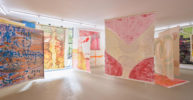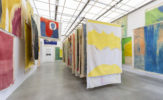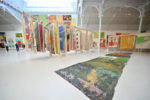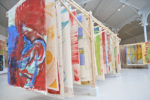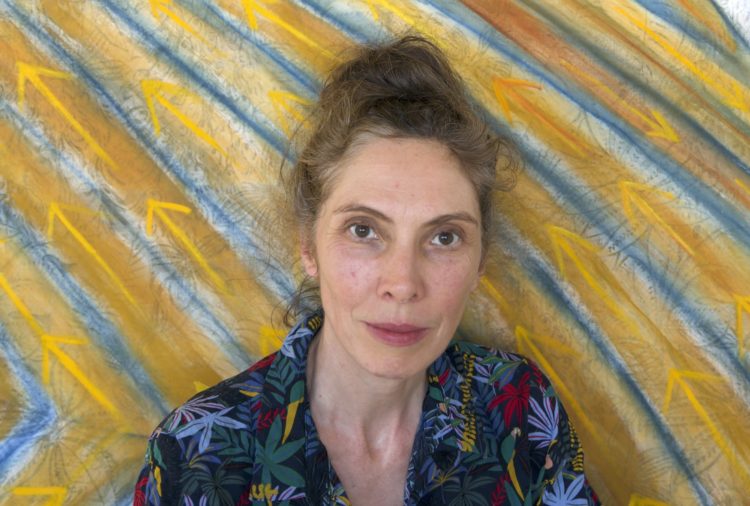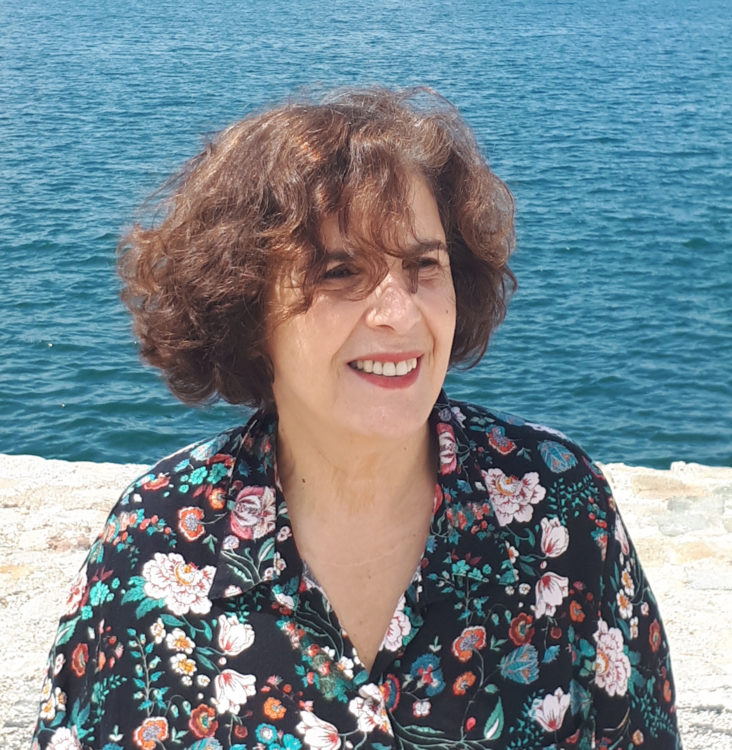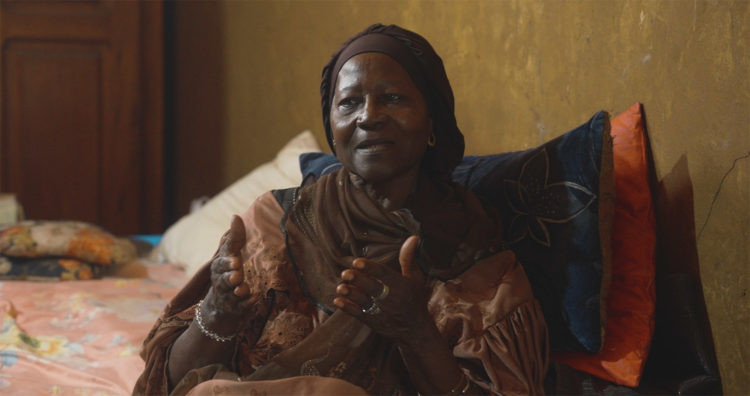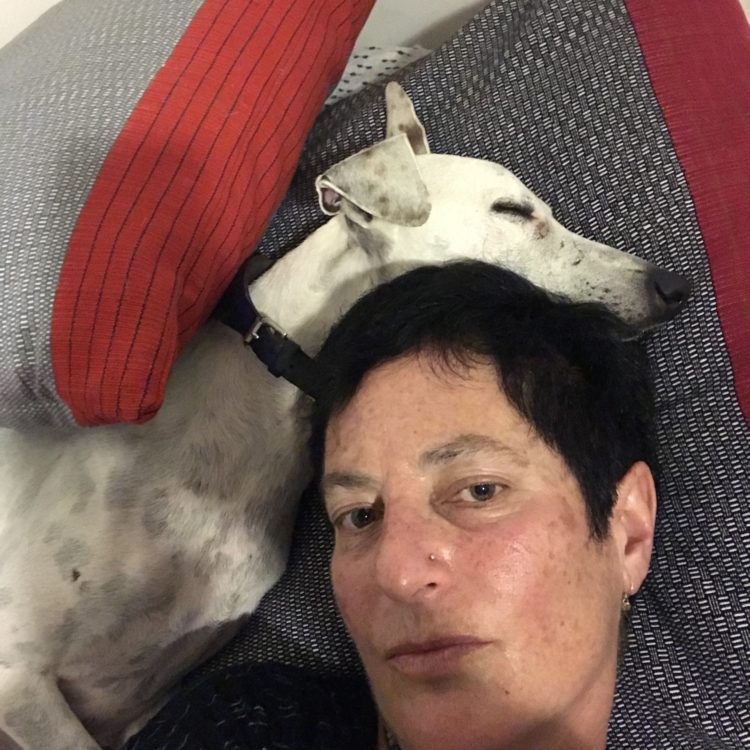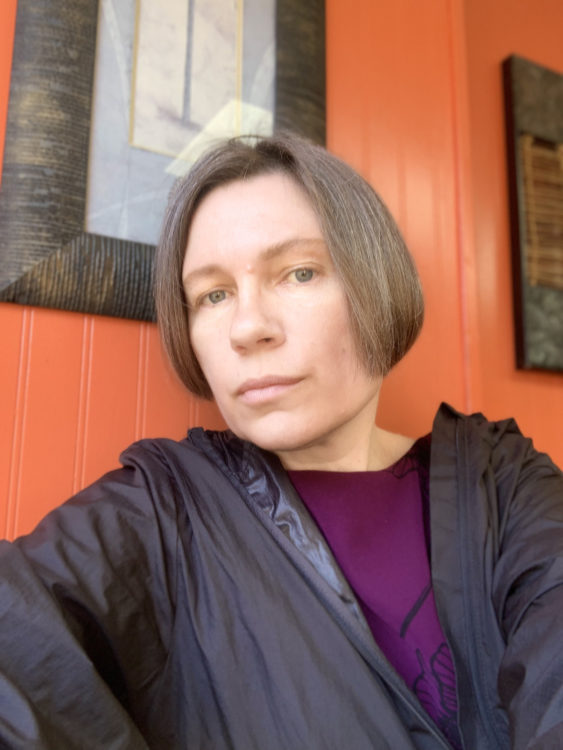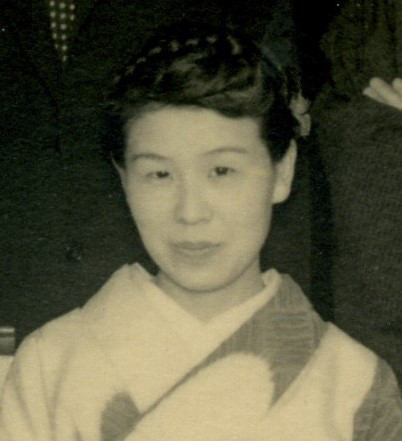Vivian Suter
Fetzer, Fanni (ed.), Vivian Suter: Bonzo, Tintin & Nina, exh. cat., Kunstmuseum, Lucerne (November 6, 2021–February 13, 2022), Berlin, Hatje Cantz, 2021
→Payeras, Javier, Borja-Villel, Manuel, Panajachel, exh. cat., Museo Nacional Centro de Arte Reina Sofía, Madrid (June 25, 2021–May 2, 2022), Madrid, Museo Reina Sofía, 2021
→Szymczyk, Adam (ed.), Vivian Suter, exh. cat., The Power Plant Contemporary Art Gallery, Berlin (October 20–December 30, 2018), Berlin, Hatje Cantz, 2019
soft and fluffy is my soul – my tommy juices don’t worry – are sweet like a liquorice roll, Kunstmuseum Basel | Gegenwart, Basel, September 24, 2022–January 10, 2023
→Vivian Suter, Museo Nacional Centro de Arte Reina Sofía, Madrid, June 25, 2021–May 02, 2022
→Olinka or Where Movement is Created, Museo Tamayo, Mexico City, December 11, 2012–April 15, 2013
Swiss-Argentine visual artist, painter and photographer.
Vivian Suter was born in Argentina of exiled European parents. Her father owned a textile printing plant in Buenos Aires, and her mother, Elisabeth Wild (1922–2020), was an artist specialising in drawing and collage. Following the sale of her father’s factory during the Peron regime, when she was 12, her family moved to Basel, Switzerland, where she studied at the Allgemeine Gewerbeschule und Schule für Gestaltung.
Her residence in Switzerland between 1962 and 1982 was punctuated by travels in Europe, Africa and Latin America. Her most important early production comprises works on paper – drawings, collages and large colourfully tinted sheets, shown at Swiss galleries during the 1970s. In 1982 she visited Latin America, and the following year settled in Panajachel, Guatemala. The atmosphere of the area, its climate, vegetation and animals, became her subjects. In this ecosystem she replaced paper with canvas mounted on stretchers.
While living in Panajachel the use of stretchers made her large-format works hard to transport, and she ceased framing them, instead hanging them from their upper edges. Most of these works are abstract, although in some the viewer can make out figures, characters, symbolism and vegetation.
V. Suter’s methodological procedure combines organic elements and animals with synthetic paint and natural pigments, while the mounting usually used for her exhibitions is part of what gives her pieces meaning. The loose surfaces, often unframed cloth or blankets, call to mind both clotheslines hung with laundry and the way artworks in storage are protected by successive layers of coverings, or even hanging sculptures. These installations invite visitors to stroll through the jungle landscapes emulated by the canvases, as if they constitute a lively and colourful labyrinth.
Her practice, based on a ceaseless interchange with the nature that surrounds her, reached its apotheosis between 2005 and 2010, when the devastation that hurricanes Stan and Agatha wreaked on Guatemala flooded her studio and ruined almost all of her production. After the storm, when her artworks dried out, she detected beauty in the interaction between her hand and nature, as if the result were a joint creative product. Before this she had worked indoors, but now, gradually, she began to work outdoors. The incorporation of nature and its processes into her artworks represents a real conservation challenge for the institutions that acquire and exhibit them, since unlike paint, organic products can continue living on the canvases.
Her work is held by the Museo Nacional Centro de Arte Reina Sofía, the Tate Modern and the Art Institute de Chicago, among other museums. V. Suter is represented by the Karma International gallery (Zurich), the Gladstone Gallery (New York), the House of Gaga (Mexico – Los Angeles) and Proyectos Ultravioleta (Guatemala).
A notice produced as part of the TEAM international academic network: Teaching, E-learning, Agency and Mentoring
© Archives of Women Artists, Research and Exhibitions, 2023


